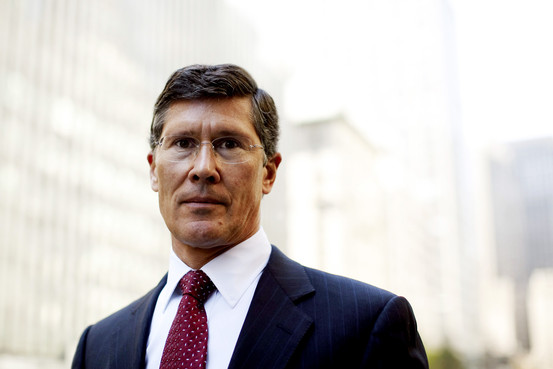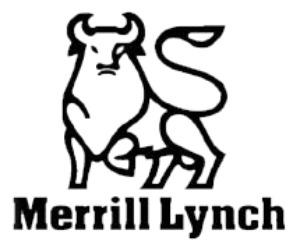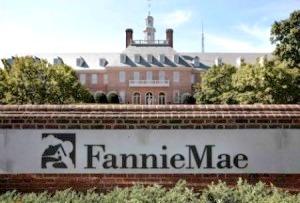Related Topics
Whither, Federal Reserve? (2)After Our Crash
Whither, Federal Reserve? (2)
Merrill Lynch Illuminates the Mortgage Crisis

|
| John Thain |
On November 1, 2007, John Thain replaced Stanley O'Neal as CEO of our biggest brokerage firm. Thain was paid $83 million to take the job, and Stan O'Neal was paid $161 million to go away. Naturally, such large compensation packages for what looks like managing a failure received a lot of notoriety. However, a major purpose of such large salaries probably was to allow the new CEO to protest he hadn't created the problem, and reward the old CEO for allowing it to be said he had. Mixed up in this news attention somewhere is the downfall of the most prominent African-American businessman in American history, just as another African-American is running for election to the Presidency.

|
| Merrill Lynch |
Merrill Lynch purchased home mortgages from banks, repackaged them, and sold them to the public through its large distribution system. Somewhere along the line, Stan O'Neal presided over a corporate decision that, since these novel securities were paying a 30% return, Merrill Lynch should keep them in its own account rather than sell them. When credit markets froze up in August 2007, there were few public buyers available, probably adding to the inventory. In any event, Merrill was suddenly seen to be holding about $100 billion of toxic securities. With the markets in turmoil, it was hard to say what these things were worth but surely less than Merrill had paid for them. Accountants and accounting rules forced the company to "write down" the value on the company's books to a varying degree. In July 2008, however, the securities were sold, firmly and finally determining what they were really worth. The sale of around $100 billion in face value was for around $2 billion, plus splitting the difference on around $6 billion more with Lone Star, a Texas company run by John P. Grayken, which specializes in salvaging value from questionable securities. A cute sale-and-loan arrangement attracted admiration in accounting circles but is not central to the story. In the long run, Merrill is only sure to get $2 billion but might get one or two billion more. Out of $100 billion that Stan O'Neal had acquired.

|
| Ministry of Finance |
The day after the fire sale was announced, newspapers carried an illuminating story. Earlier in the year, Merrill had improved its lending limits (and diluted its stockholders capital) by selling stock to the sovereign wealth fund of the nation of Singapore. It was now revealed that this purchase contained a covenant that if the stock price fell below the Singapore price, Merrill would pay Singapore the difference. While this sort of covenant is not rare in situations where a loan is disguised as a sale for regulatory purposes, it now became clear that Merrill was under other pressures to put an end to progressive announcements of write-downs. The company would be wise to sell the toxic paper before it did more damage. That is, to put an end to bad publicity as embarrassing matters continued to come to light. After all, every investor would like to be allowed to buy stock whose price could only go up.

|
| Fannie Mae |
The other stockholders of Merrill Lynch may not agree, but it was probably the right bullet to bite. Merrill had been one of the few American firms allowed to do business in post-war Japan. They surely watched with dismay when the Japanese Government tried every imaginable expedient to avoid recognizing similar losses, including phone calls from the Ministry of Finance to forget about accounting rules. Nothing worked for Japan, so they had a deep ten-year depression which isn't entirely over. The market sniffs out the truth. You might as well confess, at least be able to re-deploy fragments of frozen capital to get out of your mess, instead of just pretending losses don't exist. John Thain's effort may not be worth $83 million a year because no one is worth that, but he is worth it if anyone is. So far.
It remains to be seen whether Lone Star will forever remain a vulture capitalist, or whether they will be seen as forging the weapons that defend securitization from banishment. Because of all the uproar, the market for securitized mortgages has disappeared. Except, that is, for Fannie Mae which already owns half the mortgage reinsurance in America. Government Sponsored Enterprises have good reason to resist public scrutiny of their books, but that is what is implicit in developing computerized measuring systems for prudent mortgage securitization. It seems elementary and obvious that computers are capable of inexpensive accurate monitoring of all the participants in this arcane process. But a reliable process of transparency for the securitization process cannot be developed except with access to real test data. It would appear that Lone Star is just about the only major entity with the necessary brains, money, and access to live data which would be required to put together an effective system. If you stop to think about it for a moment, you remember that John Thain came from running the New York Stock Exchange and before that had made a name running the computers of Goldman, Sachs. There's at least a chance that something good can emerge from this mess.
Originally published: Thursday, July 31, 2008; most-recently modified: Sunday, July 21, 2019
| Posted by: G4 | Aug 15, 2008 12:11 PM |
| Posted by: G4 | Jul 31, 2008 6:41 PM |